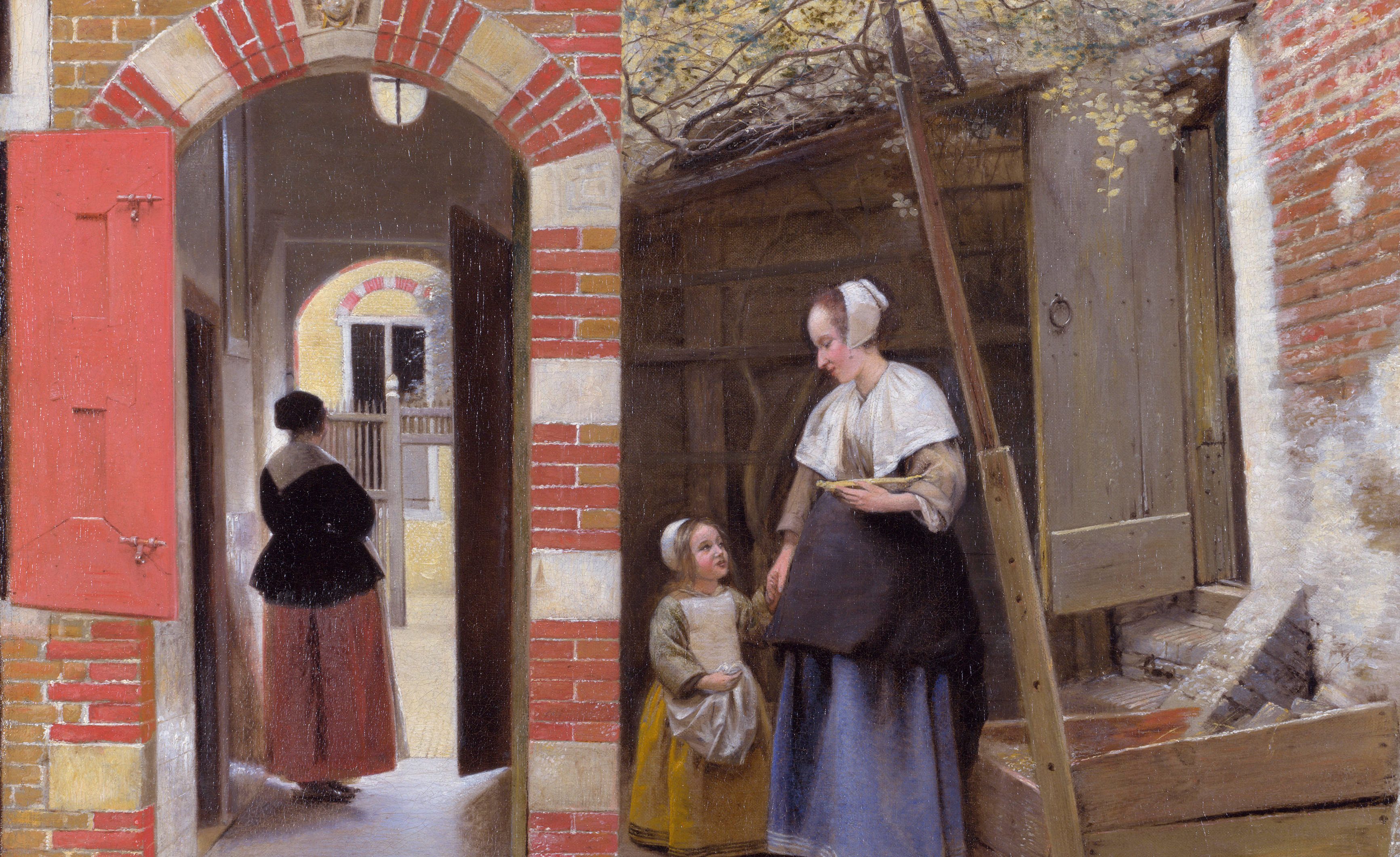I’m a pro, Carmellini says.
Question: How do you know what the restaurant critics look like?
Andrew Carmellini: I mean, I’m a pro, okay, and part of being a pro is you’ve got to know what’s going on, okay? So, you know, are we going to acknowledge that we know? No, we’re going to do what we do, I mean, it’s a funny process because, you know, A Voce, the second person to walk in the front door was Ruth Richel when we opened publicly. You know, Frank Bruni came in the second night we were there. You know, that’s another phenomena that’s happened in New York is that between the internet and the magazines and everything, everyone is rushing to get, everyone wants the story first. You know, any little crumb of rumor, everyone’s rushing to get that story, and, you know, A Voce, it’s only like six months ago that I was like, you know what, I think we’re pretty good. I mean, I felt that the food had-- its voice was complete, and we knew where we stood as far as service, where the service met expectations. And it wasn’t the first 52 days. Our New York Times review came out, which was the last review we received, I mean, we were getting reviewed by, I’ve never even heard of some of these newspapers or websites or whatever and we were getting reviewed, but the New York Times was the 52nd day we were open, and that’s when we got our review. But we’re five times, I mean, we’re five times the restaurant then we were, you know, at that review, and that’s, or we aspire to be five times the restaurant now, and that changes every service. But it’s a little bit challenging because restaurants evolve. So the review process is an interesting one. But we know, yeah, you know, we know when people come in. It’s our job to know when people come in. Do we acknowledge it? No, you do what you do, you do what you do best and you just be a pro. You know, I gave a speech to the staff because we had some people, you know, a lot of people on my staff had worked with me before over the years and we had people that never were at a restaurant that got reviewed by The New York Times or New York magazine, and, you know, it’s the same speech I’ve always given in any kind of like review processes, you just do what you do, and, you know, we’ll take care of the rest. You know, make sure the whole restaurant is having a good time. The worst thing you can do is panic and drop stuff, you know, and fuss. I went through a four star review at another New York City restaurant once that has been, the whole process has been much talked about through that particular review because the reviewer thought she was not recognized, but she was so recognized it was not even funny. And there’s no way that you could have seen that and not known that you weren’t recognized. But it’s just all part of the culture surrounding the review. And, you know, there’s some different philosophies coming out now about that is maybe it’s better to be recognized because, you know, the restaurant whether it’s some pasta joint that’s serving $6.00 bowls of spaghetti or, you know, a restaurant that’s trying to really go for it can really show their ability the best they can. That’s an interesting philosophy. You know, as opposed to, well, we know who you are but we’re not going to recognize who you are, or opposed to just a random person off the street. Because, you know, the restaurant community in New York is very small, and it’s going to be two or three times before you’re identified, and that’s just the way it is. I mean, that’s part of being a pro.
Recorded: 4/17/08





